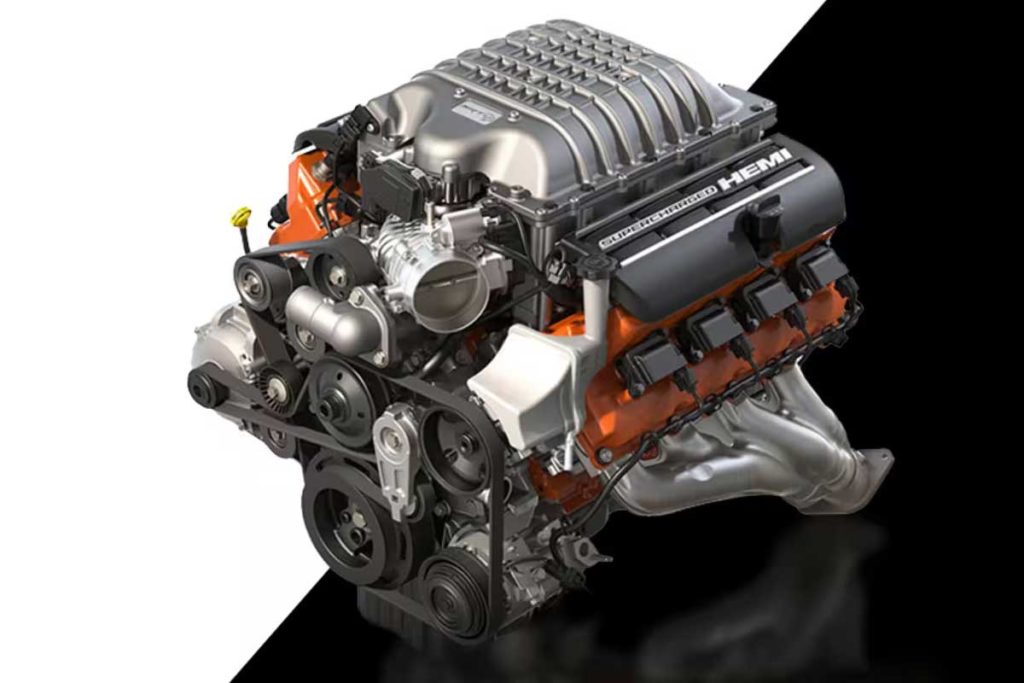
Just over a month ago, Antonio Filosa, the new CEO of Stellantisthrew a spanner in the works by declaring that the ban on sales of combustion-powered cars in Europe by 2035 was "unrealistic".. Today, the head of the world's fourth-largest automotive group insists that Brussels' targets of a 55 % reduction in emissions by 2030, and the end of thermal power generation five years later, do not take into account the industrial, economic and social realities of the Old Continent.
Europe and its unattainable targets
In a new series of interviews picked up by the European press, Filosa reiterated that carbon neutrality by 2050 remains Stellantis' objective. But he reiterated that imposing over-ambitious intermediate stages, without sufficient infrastructure or support measures, risks undermining the entire industry. In his view, accelerating the pace solely through regulatory constraints could have the perverse effect of delaying the renewal of the already aging car fleet, and keeping millions of older, far more polluting vehicles on the road.
In this speech, Stellantis argues for "technological flexibility": hybrids, plug-in hybrids, range extenders... all transitional solutions that would allow us to accompany consumers, rather than forcing them to switch too quickly to pure electric. A message that resonates particularly in Italy, where the government is pushing Brussels to relax its rules to preserve jobs and local production.
When Europe slows down, America speeds up... in the wrong direction
While Stellantis calls for more pragmatism in Europe, the Group is much more aggressive in North America, but in a totally different direction. According to Bloomberg and several American media, the company plans to invest $10 billion in its local brands, notably Jeep, Dodge and Chrysler.
And at the heart of this strategy is an announcement that sounds like a nod to the past: the possible return of a Dodge muscle car with a V8 under the hood. While the new-generation Charger was designed to accommodate Hurricane six-cylinder engines and electric motors, Dodge has finally reopened the door to the iconic Hemi V8.
Why this turnaround? Because the American market remains attached to its powerful mechanicals, and the regulatory environment has eased since the arrival of the Trump administration, which has relaxed emissions requirements. The electric Charger Daytona is struggling to win over customers, while combustion-powered versions are attracting more interest, and Stellantis intends to capitalize on this demand.
Two continents, two visions
Stellantis' attitude perfectly illustrates the current fracture in the global market. In China, electrification is proceeding apace, driven by an aggressive industrial policy. In Europe, regulations set a rigid course, but adoption remains hampered by price and lack of infrastructure. In the United States, it's time for pragmatism: the consumer decides, and is still clamoring for a V8.
先ずわ日本とトヨタに謝罪すべきだと思う
AND why!?
For TAKATA Airbags!?
Filosa is absolutely right - OK for electricity, but also for civilian and military vehicles, etc. We've forgotten how long it took to get service stations up and running in Europe.